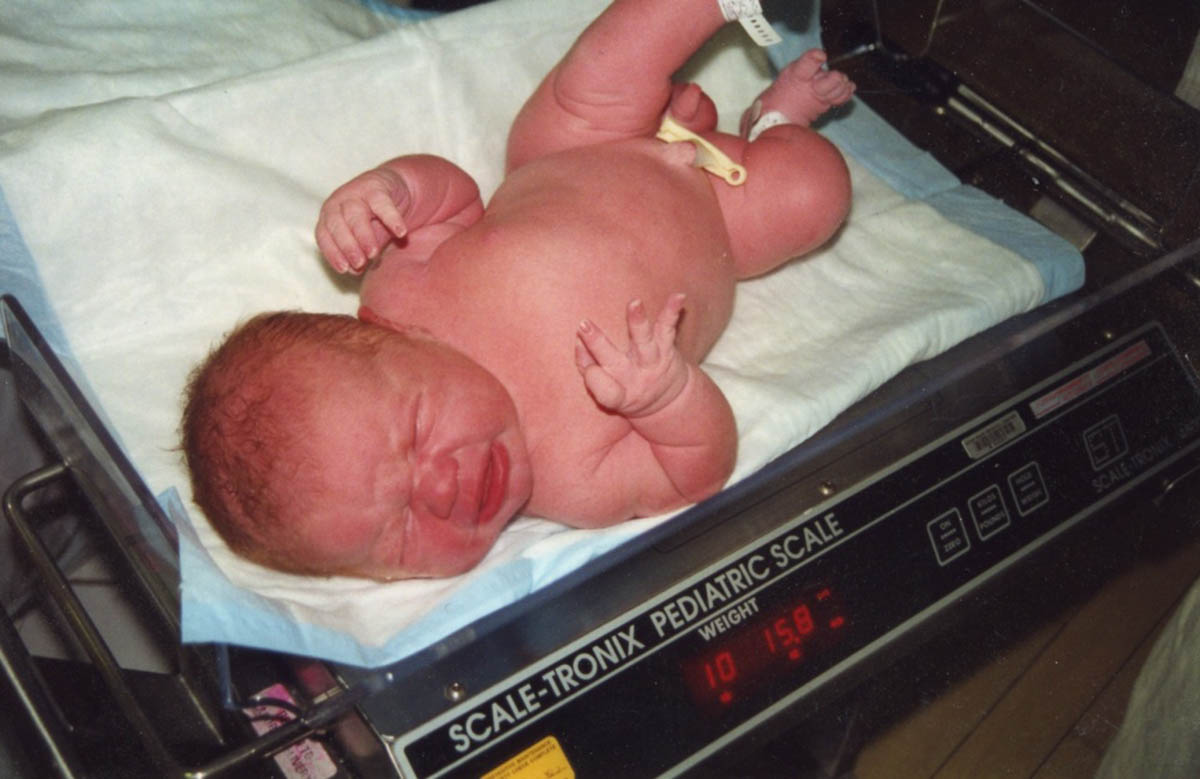Children Weight
Many parents worry if their child is growing as he/she should be. Weight is one of the important things, probably even more important these days, with the increased numbers related to teen obesity, anorexia, and other eating disorders.
In the early days of childhood, when the kid is just a baby weight is often used as a sign of progression and development. Some charts help both doctors and parents to determine the healthy weight of the child.
However, parents shouldn’t worry if their child is not “proper” to the charts. There are always exceptions and these under or overweight (for their age) children can be perfectly normal. Consult your doctor if you are worried that your child is not growing and he/she will inform you about the normal deviation from the weight charts. Remember that boys and girls grow differently and don’t compare them.

Many factors can affect the child's weight and height, including genetic predisposition, the child’s nutrition, and medical conditions. The health of the mother during pregnancy is also one of the important factors when talking about the child’s weight. Children must take proper food which will provide all important nutrients for growth and development. The weight can deteriorate if the child is sick. Sometimes, severe diarrhea, typhoid fever, or bout can cause significant weight loss.
- Participants were 1765 children from the Amsterdam Born Children and their Development (ABCD) cohort that had valid data on BMI at age 5 and 10 and diet at age 5. Linear mixed model analysis was used to examine weight development between age 5 and 10?years and to assess if four previously identified dietary patterns at age 5 (snacking, full-fat, meat and healthy) were associated with weight development.
- Analyses were adjusted for relevant confounders, stratified by ethnicity and SES and thereafter stratified per BMI category at age 5.
- Overall, weight decreased in Dutch and high SES children and increased in non-Dutch and low/middle SES children. Across the range of bodyweight categories at age 5, we observed a conversion to normal weight, which was stronger in Dutch and high SES children but less pronounced in non-Dutch and low/middle SES children.
- Overall, the observed associations between weight development and dietary patterns were mixed with some unexpected findings: a healthy dietary pattern was positively associated with weight development in most groups, regardless of ethnicity and SES (e.g. Dutch B 0.084, 95% CI 0.038;0.130 and high SES B 0.096, 95% CI 0.047;0.143) whereas the full-fat pattern was negatively associated with weight development (e.g. Dutch B -0.069, 95% CI -0.114;-0.024 and high SES B -0.072, 95% CI -0.119;-0.026).
Babies
Right after birth, many babies lose some percent of their weight. This condition is normal, and the usual weight loss is about 5 to 10%. Women breastfeeding their babies will notice that they gain more weight than children fed by the bottle. This is not something to worry about, since the studies revealed that breastfed children have fewer chances to become overweight as adults.
Your baby will probably be two times heavier after 5 months and by the first birthday, he/she will gain three times more than at the birth. Two years old usually have 4 times more weight than newborns.
Boys Weight
Newborn boys usually have about 7 pounds (or 3.3kg). After just one year, the average boy will be some 28 or 29 inches tall and will weigh about 22 pounds (10kg).
By their 5th birthday, they will grow to approximately 40 inches and weigh 40.8 pounds (19kg). It is expected that the average teenager (12 to 13 years) should weigh around 90 pounds (40.9kg) and is some 60 inches tall.
Girls Weight
Both boys and girls are of the same weight at birth, weighing about 7 pounds. The height doesn’t change much with the age and sexes, but girls are lighter than boys and at the age of 5 usually weigh about 41 pounds.
Teen girls and teen boys are almost the same height, being about 60 inches tall but can have more weight. At the age of 13, an average girl should have 95 to 100 pounds (43 to 46kg).

















Your thoughts on this
Loading...